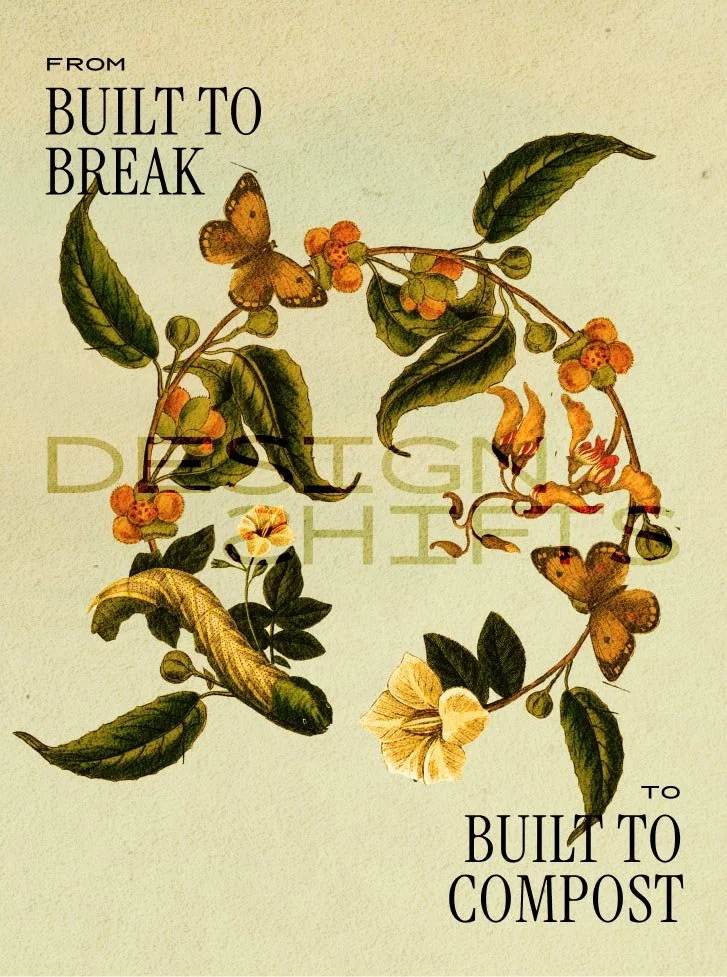DesignShift: From Built to Break to Built to Compost
How did we go from building cathedrals to building trash? When did "built to break" become our business model?
Our great-grandparents built houses that stood for centuries and tools that outlived their makers. Today, the average smartphone dies in two years, fast fashion dissolves after a dozen wears, and appliances break the day after their warranty expires.
We live on a planet drowning in our creations, yet we can't stop creating. Every factory churns, every 3D printer hums, every assembly line rolls forward, adding to a world already choking on abundance. The old answer was built to last: make it once, use it forever. The current answer is built to break: make it cheap, toss it quick: planned obsolescence. When "disposable" stopped being a convenience and became a catastrophe, neither approach worked for a finite earth with infinite appetite.
So what if the future of making isn't about lasting longer or breaking faster, but about returning home? DesignShift: from built to break to built to compost.
What if we started designing like nature does—where nothing is waste, everything feeds something else, and the end of one thing becomes the beginning of another? We can keep creating, but only if what we create knows how to die well. Built to compost means built to complete the circle, to honor the cycles that sustain life itself.
In a world that doesn't need more things, maybe we need things that know when to become something else entirely.

